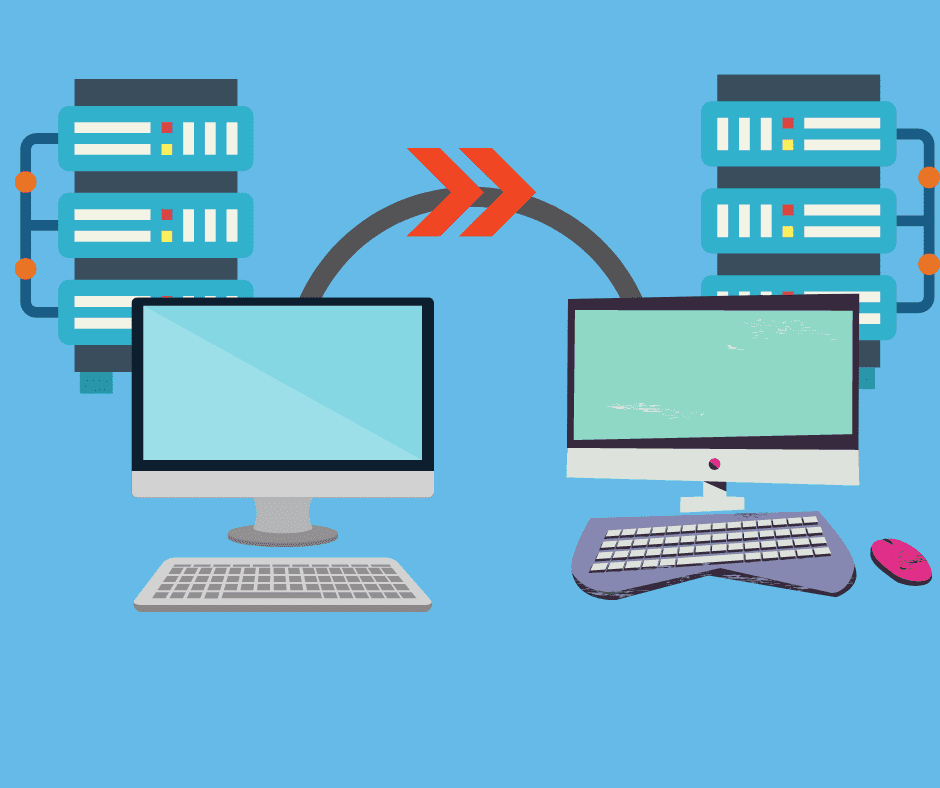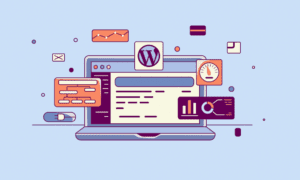Did you want to perform migrating a WordPress site to a new web hosting company and are worried about what should you consider before taking the first step? You have come to the right place.
Here is a list of factors you need to take into account when migrating a site from one hosting to another.
WordPress website migration (Things to consider)
Backup
Taking your site’s Backup will always keep your site from facing disaster. If something wrong like losing data happens, you can restore your site from the backup packages.
Taking backup in WordPress is easier than you think. A single plugin that helps you take your site’s backup with a click of a button would probably work, without learning how to code.
In WordPress, plugins like WP Backup can help you do Things correctly. Once the plugin has been installed, you can proceed to click on the Backup option, and the process will start automatically. After the process has finished, you can see the download links for backup packages. This helps you download ZIP files to PC, allowing you restore your site from disasters, when something unusual happens. For example, malware hits affect sites’ data, WordPress performance, and stability. In such scenarios, the backup plans help you restore site without hassles.
Manual vs Automated Migration
If you know how to migrate your site manually to a new web hosting company, doing it manually is the best option. However, the manual routine always asks for more technical expertise.
Otherwise, the automated routine will require the same infrastructure that existed on old web hosting. For example, if you are using a plugin for WordPress migration, you will need to proceed to install and create the same database values on the next web hosting account first.
If for example – none of the options seem promising to you, better if you sign up to WordPress support professionals. This will help you do Things safely, in case you need Technical expertise but can’t invest time and money. Also, make sure you have taken your site backups, periodically.
Login Credentials (Migrating a WordPress site)
The manual routine of migrating a site from one web hosting to another gives you the option to choose new login details. However, using a plugin for the said purpose restores your site with old credentials.
For example, if you take a backup of your site and install the same plugin on the new web hosting, the plugin will restore the files with old credentials.If you’re migrating a site with old backup packages, chances are you will need to use old login credentials on your new website.
In such cases, you may find WordPress dashboard behaving differently than normal. For example, after logging into dashboard, you may see errors, redirects you never set, or the site may no longer entirely available. This means, the database may include entries, errors, or data gaps That redirect links to previous version of the links protocol, such as redirecting users from HTTP to HTTPS – while no configuration exists. This causes site downTimes in most cases and needs immediate attention.
Web Hosting configurations
Migrating a WordPress website to a new web hosting account will erase con-figurative measures taken on the old web hosting account. This includes redirects, SSL settings, and usernames with different roles.
For example, if you don’t know how to match both infrastructures, before restoring a previously taken backup, you will end up affecting your site’s configuration. It could even lead to a full redirect or not found page of your site.
If you lack Technical expertise, better if you sign up for a WordPress support team. They help you cross the road without affecting existing infrastructure of WordPress.
Database values
Even if you have migrated successfully to a new web hosting account, you need to check for specific cases in the database. For example, your table prefix in the database matters when you have migrated your site to a new web hosting company.
Similarly, you will also need to check for multiple variations of URLs in your database entries. For example, while you are managing SSL installation for your new web hosting, you may face multiple variations of URLs. This can lead to duplicate content on your site, which is harmful to your site’s SEO rankings.
In WordPress, plugins like Better Search Replace might help you change database entries without changing SQL queries. Also, if you are not Technical enough, don’t proceed to change complex infrastructure(s).
Manual settings
You may have configured some aspects of your site manually on the old web hosting account. For example, using a page builder in WordPressgives you control over custom pages. However, in this case, if you fail to properly adjust the same infrastructure on a new web hosting, the majority of custom pages on your site will stop working immediately.
To proceed with such scenarios, you should always use the same backup plugin for restoring your site, the plugin you used to take your site’s backup packages. This will help you restore the same infrastructure on your new web hosting as well.
In simple words, settings That require manual assistance fall under manual routines, often required manual expertise and attention to details.
Over to you
Have you ever thought about manual site migration? Probably, using a plugin is not the best option always.
If you are still confused, contact your hosting custom support representatives while migrating your site from one location to another.
If you don’t know how to migrate a site, don’t proceed with a tutorial. Instead, you can hire someone for the said purpose and avoid site migration loopholes.
For more information regarding WordPress maintenance, errors, or bug fixing, refer to a resource or Tool’s official data. You can find such information on forums as well, allowing you discuss Things nowhere found on the Internet. If for example, something goes beyond your knowledge, you can ask for a reply or hire support channels straight away. Last but not least, don’t forget to join the conversation in the comments and discuss Things that matter to you.



































